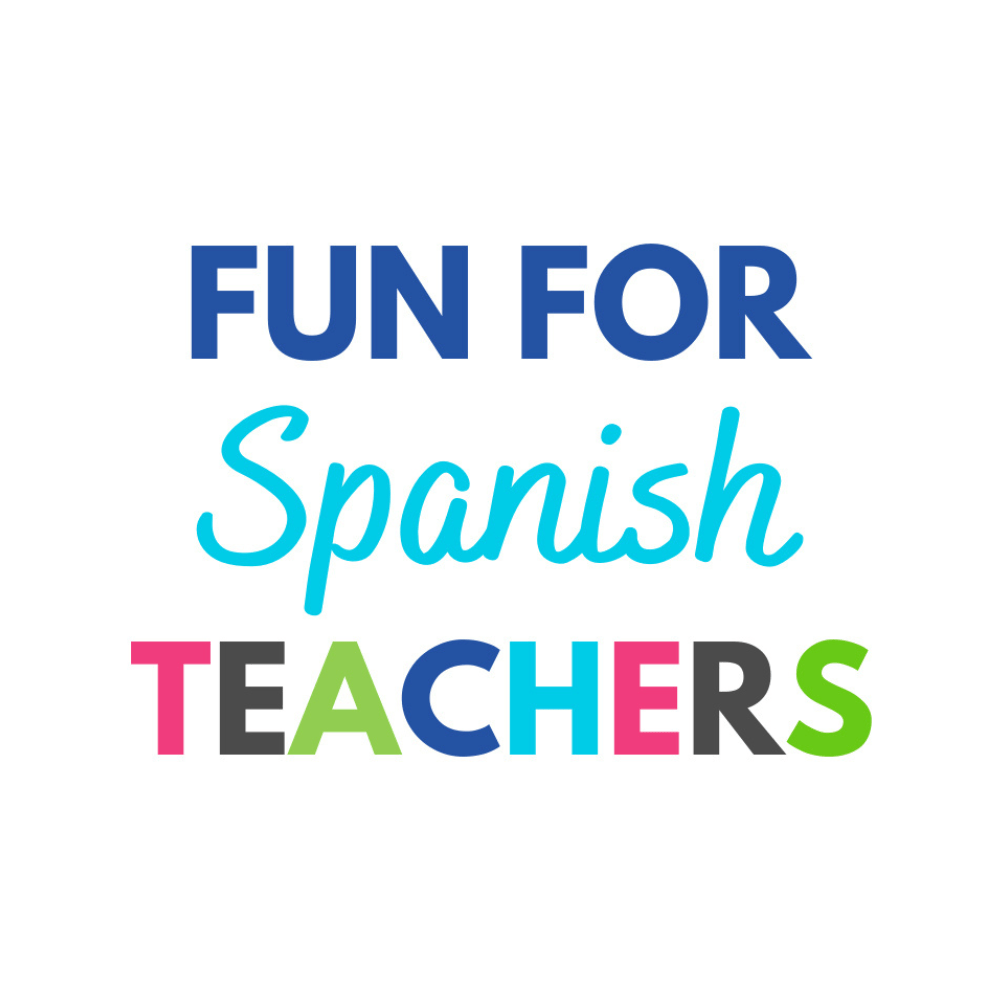Bring La Feria de Cali to your Spanish class!
At this time of the school year we are looking for fun and quick lessons to use in our classrooms. This is very simple and provides you and your students with a window on a small piece of a very diverse culture.
El Día del Amor y la Amistad en Colombia (Colombia’s Day of Love and Friendship)
Every third Saturday in September, Colombia celebrates “El Día del Amor y la Amistad”. It’s a day to let family and friends know how much you love them and appreciate them. People usually give chocolates, cards, and flowers to friends and family members. In other cases, it’s also an excuse to party and get together to celebrate (Colombians tend to be pretty good at finding reasons to enjoy each other’s company!).
What a great moment to bring a cultural celebration to your classroom. I have created a coloring page with a heart ready to use in your classroom this week. For this activity, bring a map to your class, and invite your children to find the country where they live, and then to find Colombia. Introduce the colors of the Colombian flag and then color in the heart using those colors.
You can take this as an opportunity to introduce simple sentences to express gratitude and love:
Amigos por siempre
Tú eres mi mejor amigo/a.
Te quiero
La caja mágica
What do I include in the box?
I include flash cards related to what we are learning in class, stuffed animals and other kind of props I can find in it. Sometimes I just include one thing and give them clues for them to guess what could be inside the box.
I always sing this song when I use the magic box:
¡En la caja mágica encontrarás
Una sorpresa que te encantará! (3 times)
Click here to sample/buy song on Amazon
We also chant:
¿Qué hay, qué hay en la caja mágica?
¿Qué hay, qué hay en la caja mágica?
After singing the song, I will also give them clues. I usually put something related to what we have been doing in class in the box. For example,
1. Hay un animal.
2. Hay un animal verde.
3. Hay un animal verde que tiene ojos grandes.
4. Hay un animal verde que tiene ojos grandes y salta.
Then I count to three and start taking guesses. Once I reveal the the secret, I ask questions about it again and use a lot of gestures. These are some of the questions I would ask:
1. ¿Es un animal o una persona? ¿Qué es? ¿Qué animal es?
2. ¿De qué color es? ¿Es verde o amarillo?
3. ¿Tiene ojos grandes o pequeños?
4. ¿Nada o salta?
5. ¿Te gustan las ranas?
I really love this teaching strategy because it gets the children engaged. I now have two cajas mágicas.
Please see the pictures below. In the first picture, you see a shoe box that I open to reveal “el secreto.”
The box in the second picture is “la caja mágica sensorial.” I place objects in them, and children can take a guess by telling me “es grande,” “es pequeño,” “es suave,” “es duro,” and so on. If the children say the words in English, for example by saying “it’s soft,” I would say “sí, es suave,” “¿clase, es suave?” Get ready for some noise and for everyone to expect (or demand!) a turn.
View this post on Instagram
Teaching Spanish to Parents and Tots
Our sessions run for 8 to 10 weeks depending on the season. At the beginning of each session we provide parents with information about the program, the benefits of exposing their children to a new language at an early age, rules in the class, the importance of their active participation in class and what it means for their child’s learning process. I don’t use posters with lyrics because I observed that some parents were focusing their attention on trying to understand every single word and also more likely to mispronounce them.
I currently create the music and curriculum for the program because I find that many of the traditional songs don’t provide enough space for repetition or have the target vocabulary that I need in context. At the beginning of the session I provide parents with a music CD that contains all the songs and games for the session along with lyrics and translation. You can also look for songs that parents can purchase to support what you do in your classes, extend the learning at home and keep those little ears and mouths listening and singing outside the class.
There are also many online resources you can create such as creating a blog where you can upload small audio files (that can actually be recorded with a small digital camera for pictures) for parents to listen to the songs you sing in class and sentences to use at home. From my experience I advise you to write the sentence in Spanish next to the audio file and to avoid using the phonetic spelling to avoid mispronunciations (especially of vowel sounds and “rr”)
It is also useful to have some props such as a parachute, bubbles (to count) and objects that are colorful and appropriate for little hands to handle, e.g. finger puppets to accompany a song. Movement is also important when teaching toddlers – that’s how they grow and learn. Make sure they have space to run, jump and enjoy the class, but at the same time make sure you have a transition song to bring them back to the circle. I also use ASL with some of the songs; there are many resources on the Internet to find the signs.
At the end of the class I provide a few minutes for parents and children to socialize. Parents take advantage of this time to meet other families and also to ask you how to say phrases and sentences in Spanish.
















